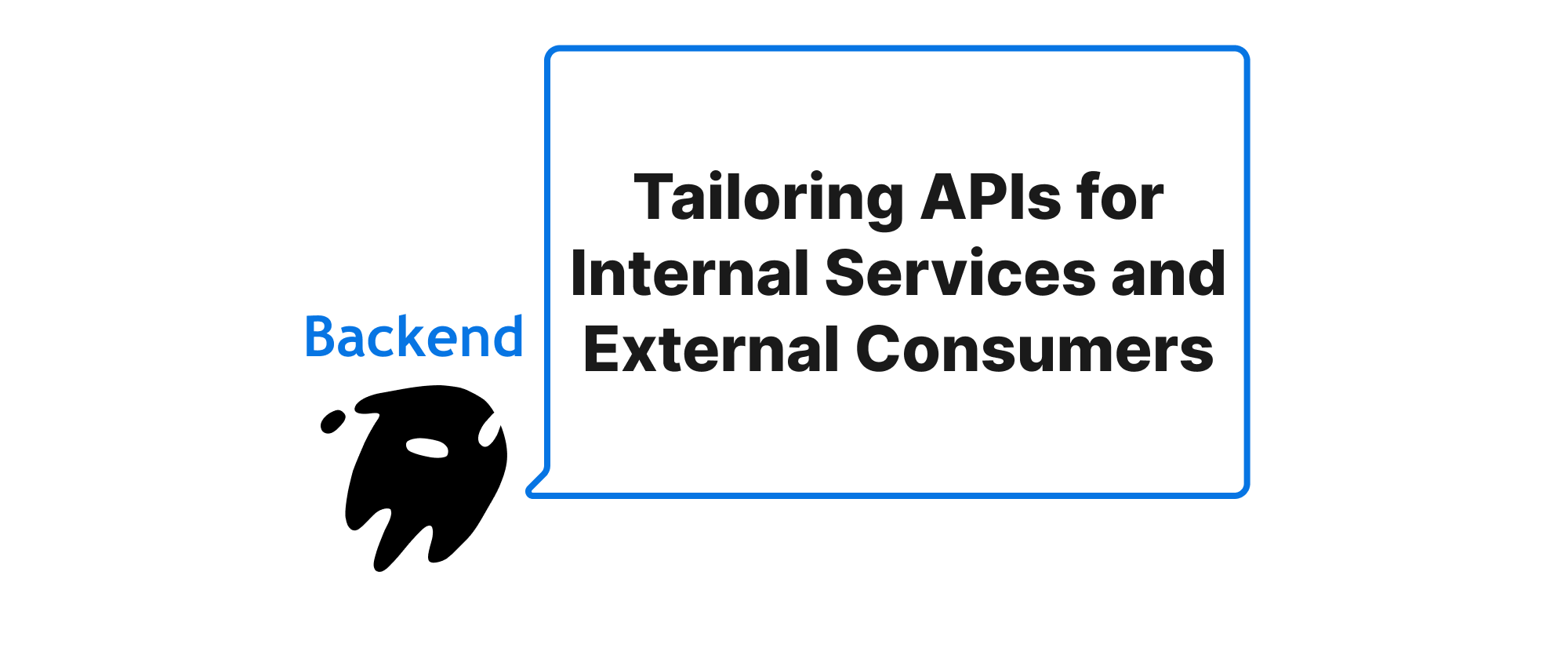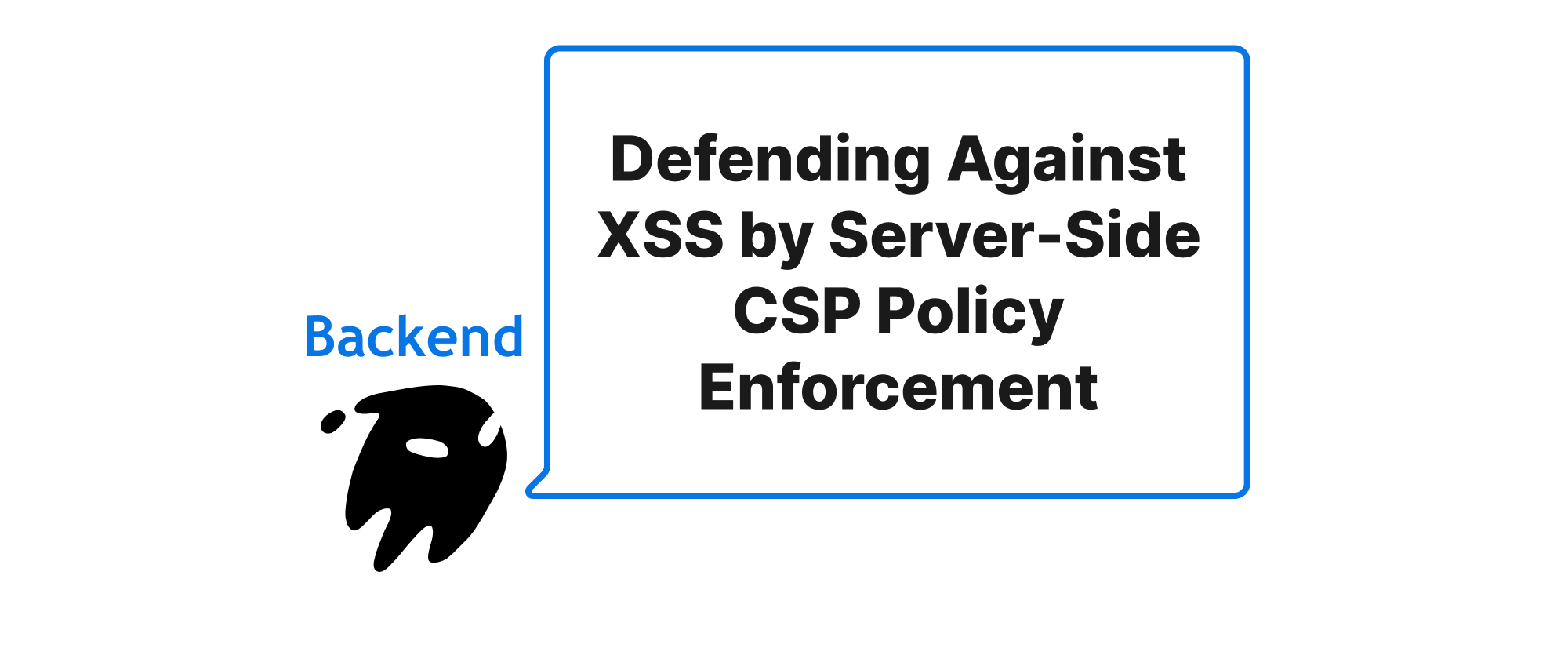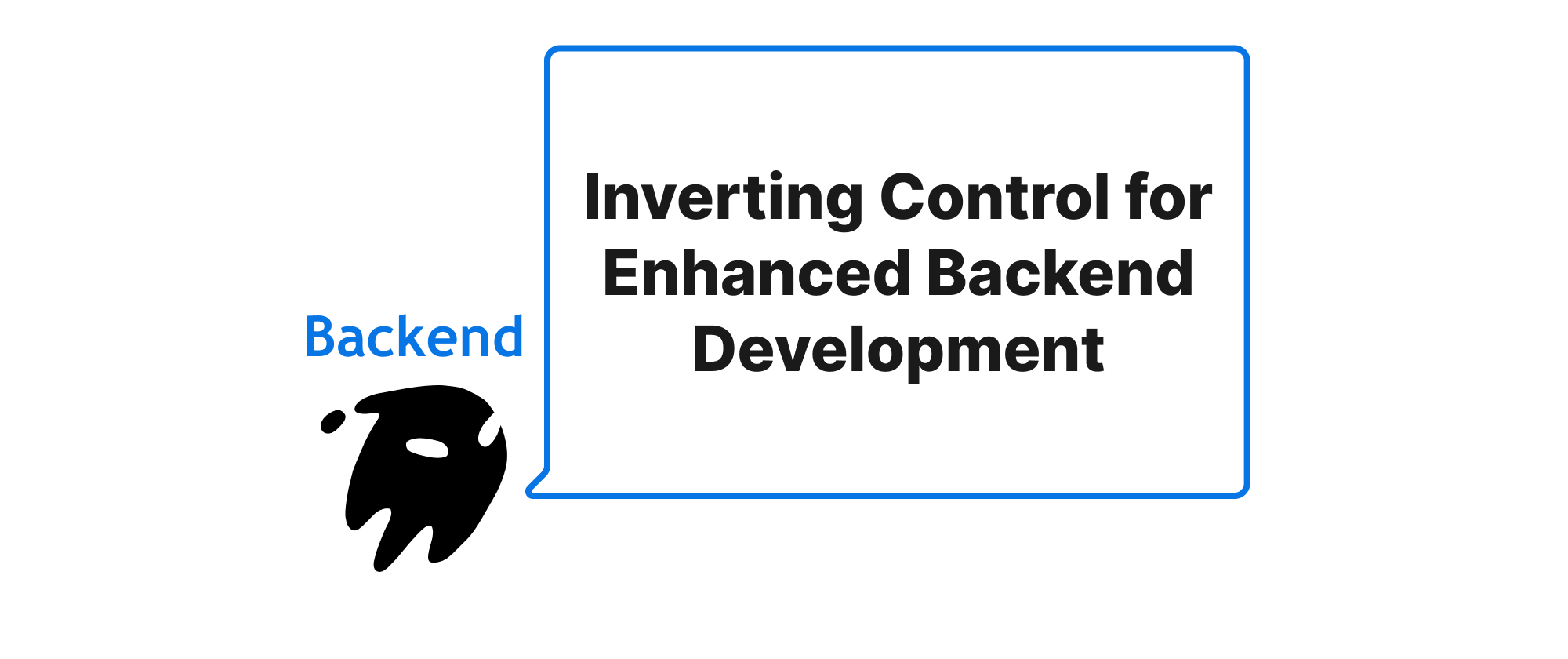Tailoring APIs for Internal Services and External Consumers
Olivia Novak
Dev Intern · Leapcell

Introduction
In the intricate world of backend development, effective API design is paramount. However, the "one size fits all" approach often falls short when addressing the diverse requirements of different API consumers. Specifically, the needs of internal services communicating via high-performance protocols like gRPC or RPC differ significantly from those of external clients interacting through more standardized interfaces such as REST or GraphQL. This disparity necessitates distinct API design strategies, optimized for each use case. Understanding these differences and consciously choosing the right approach can lead to more performant, maintainable, and scalable systems, ultimately enhancing the overall developer experience and accelerating product delivery. This article delves into these divergent strategies, providing a comprehensive guide to designing APIs that truly serve their intended audience.
Understanding the Core Concepts
Before diving into the design strategies, let's clarify the core terms that underpin this discussion:
- gRPC (gRPC Remote Procedure Call): A high-performance, open-source universal RPC framework developed by Google. It uses Protocol Buffers (protobuf) as its Interface Definition Language (IDL) and message interchange format, enabling efficient data serialization and deserialization. gRPC supports various programming languages and operates over HTTP/2, offering features like bi-directional streaming, flow control, and header compression.
- RPC (Remote Procedure Call): A foundational communication paradigm that allows a program to cause a procedure (a subroutine or function) to execute in another address space (typically on another computer on a shared network) without the programmer explicitly coding the details for this remote interaction.
- REST (Representational State Transfer): An architectural style for designing distributed hypermedia systems. REST APIs leverage standard HTTP methods (GET, POST, PUT, DELETE) and concepts like resources, often using JSON or XML for data interchange. They are stateless, emphasizing simplicity, scalability, and broad client compatibility.
- GraphQL: A query language for APIs and a runtime for fulfilling those queries with existing data. Developed by Facebook, GraphQL allows clients to request exactly the data they need, no more and no less. It typically uses a single endpoint and allows clients to define the structure of the response, reducing over-fetching and under-fetching.
Designing APIs for Internal Services (gRPC/RPC)
Internal services often prioritize performance, efficiency, and type safety. Since they operate within a controlled ecosystem, the focus shifts from broad compatibility to optimized inter-service communication.
Principles
- Strictly Defined Contracts: Leverage IDLs like Protocol Buffers (for gRPC) or Avro (for some RPC implementations) to define service interfaces and message structures. This ensures strong type safety and consistency across services.
- Performance Optimization: Emphasize efficient data serialization (binary formats) and minimize overhead. gRPC's HTTP/2 foundation and streaming capabilities are excellent for this.
- Domain-Driven Design (DDD): APIs for internal services often reflect internal domain models more directly. This can lead to more granular, operation-centric APIs.
- Error Handling: Detailed, programmatic error codes and messages are more useful than generic HTTP status codes.
Implementation and Examples (gRPC using Go)
Let's imagine a simple internal user management service.
First, define the service and messages in a .proto file:
// api/user_management_service.proto syntax = "proto3"; package usermanagement; option go_package = "./usermanagement"; service UserManagementService { rpc GetUser(GetUserRequest) returns (GetUserResponse); rpc CreateUser(CreateUserRequest) returns (CreateUserResponse); rpc UpdateUser(UpdateUserRequest) returns (UpdateResponse); } message GetUserRequest { string user_id = 1; } message GetUserResponse { User user = 1; } message CreateUserRequest { string username = 1; string email = 2; } message CreateUserResponse { string user_id = 1; } message UpdateUserRequest { string user_id = 1; string username = 2; string email = 3; } message UpdateResponse { bool success = 1; string message = 2; } message User { string id = 1; string username = 2; string email = 3; string created_at = 4; }
This proto file defines the precise contract. Tools like protoc then generate code for various languages.
Here's a snippet of a Go server implementation:
// internal/server/user_server.go package server import ( "context" "fmt" // For error example pb "your-project/pkg/usermanagement" // Generated proto package ) type UserManagementServer struct { pb.UnimplementedUserManagementServiceServer // Depending on your design, you might have a repository or service layer here // userRepo repository.UserRepository } // GetUser handles requests to retrieve a user by ID func (s *UserManagementServer) GetUser(ctx context.Context, req *pb.GetUserRequest) (*pb.GetUserResponse, error) { fmt.Printf("Received GetUser request for user_id: %s\n", req.GetUserId()) // In a real application, you'd fetch from a database if req.GetUserId() == "123" { return &pb.GetUserResponse{ User: &pb.User{ Id: "123", Username: "johndoe", Email: "john@example.com", CreatedAt: "2023-01-01T10:00:00Z", }, }, nil } return nil, fmt.Errorf("user not found: %s", req.GetUserId()) // Example of returning an error } // CreateUser handles requests to create a new user func (s *UserManagementServer) CreateUser(ctx context.Context, req *pb.CreateUserRequest) (*pb.CreateUserResponse, error) { fmt.Printf("Received CreateUser request for username: %s, email: %s\n", req.GetUsername(), req.GetEmail()) // Logic to create user in DB, generate ID newUserID := "456" // Mock ID return &pb.CreateUserResponse{UserId: newUserID}, nil } // UpdateUser handles requests to update an existing user func (s *UserManagementServer) UpdateUser(ctx context.Context, req *pb.UpdateUserRequest) (*pb.UpdateResponse, error) { fmt.Printf("Received UpdateUser request for user_id: %s, new username: %s\n", req.GetUserId(), req.GetUsername()) // Logic to update user in DB return &pb.UpdateResponse{Success: true, Message: "User updated successfully"}, nil }
And a client calling this internal service:
// internal/client/user_client.go package client import ( "context" "log" pb "your-project/pkg/usermanagement" // Generated proto package "google.golang.org/grpc" "google.golang.org/grpc/credentials/insecure" ) func CallUserManagementService() { conn, err := grpc.Dial("localhost:50051", grpc.WithTransportCredentials(insecure.NewCredentials())) if err != nil { log.Fatalf("did not connect: %v", err) } defer conn.Close() c := pb.NewUserManagementServiceClient(conn) // Get a user res, err := c.GetUser(context.Background(), &pb.GetUserRequest{UserId: "123"}) if err != nil { log.Printf("could not get user: %v", err) } else { log.Printf("User: %v", res.GetUser()) } // Create a user createRes, err := c.CreateUser(context.Background(), &pb.CreateUserRequest{Username: "alice", Email: "alice@example.com"}) if err != nil { log.Printf("could not create user: %v", err) } else { log.Printf("Created User ID: %s", createRes.GetUserId()) } // Update a user updateRes, err := c.UpdateUser(context.Background(), &pb.UpdateUserRequest{UserId: "456", Username: "alice_updated"}) if err != nil { log.Printf("could not update user: %v", err) } else { log.Printf("Update successful: %v", updateRes.GetSuccess()) } }
This example showcases the strong typing and direct method calls characteristic of gRPC, ideal for internal service communication.
Designing APIs for External Clients (REST/GraphQL)
External clients, ranging from web browsers and mobile apps to third-party integrations, demand different qualities: ease of use, discoverability, broad language support, and flexibility.
Principles
- Resource-Oriented (REST): Structure APIs around business resources rather than specific operations. Use standard HTTP methods to perform actions on these resources.
- Flexible Data Fetching (GraphQL): Allow clients to define their data needs to avoid over-fetching or under-fetching.
- Self-Descriptive: Provide clear documentation, often with OpenAPI/Swagger for REST or an introspection schema for GraphQL.
- Error Handling: Use standard HTTP status codes (for REST) or a well-defined error object structure (for GraphQL) to communicate issues.
- Versioning: Plan for API evolution to prevent breaking changes for existing clients.
- Security: Implement robust authentication (OAuth2, JWT) and authorization mechanisms.
Implementation and Examples (REST using Go, GraphQL Concept)
Let's expose a public-facing REST API for user information. This REST API might consume the internal gRPC service.
REST API (using Go's net/http)
// external/api/rest_user_handler.go package api import ( "encoding/json" "fmt" "log" "net/http" "github.com/gorilla/mux" // Popular router for REST APIs in Go pb "your-project/pkg/usermanagement" // Generated proto package "google.golang.org/grpc" "google.golang.org/grpc/credentials/insecure" "context" ) // The REST handler would typically interact with a service layer, // which in turn calls the gRPC internal service. type UserRESTHandler struct { // client for internal gRPC service grpcClient pb.UserManagementServiceClient } func NewUserRESTHandler() *UserRESTHandler { conn, err := grpc.Dial("localhost:50051", grpc.WithTransportCredentials(insecure.NewCredentials())) if err != nil { log.Fatalf("REST handler could not connect to gRPC server: %v", err) } // Note: In a production system, manage this connection carefully, perhaps with a singleton or dependency injection. return &UserRESTHandler{ grpcClient: pb.NewUserManagementServiceClient(conn), } } // GetUser handles GET /users/{id} func (h *UserRESTHandler) GetUser(w http.ResponseWriter, r *http.Request) { vars := mux.Vars(r) userID := vars["id"] grpcReq := &pb.GetUserRequest{UserId: userID} grpcRes, err := h.grpcClient.GetUser(context.Background(), grpcReq) if err != nil { http.Error(w, fmt.Sprintf("Failed to fetch user from internal service: %v", err), http.StatusInternalServerError) return } if grpcRes.GetUser() == nil { // Check if user was actually returned, based on gRPC error handling http.Error(w, "User not found", http.StatusNotFound) return } w.Header().Set("Content-Type", "application/json") json.NewEncoder(w).Encode(map[string]interface{}{ // Map proto user to a simple JSON object "id": grpcRes.GetUser().GetId(), "username": grpcRes.GetUser().GetUsername(), "email": grpcRes.GetUser().GetEmail(), "createdAt": grpcRes.GetUser().GetCreatedAt(), }) } // CreateUser handles POST /users func (h *UserRESTHandler) CreateUser(w http.ResponseWriter, r *http.Request) { var requestBody struct { Username string `json:"username"` Email string `json:"email"` } if err := json.NewDecoder(r.Body).Decode(&requestBody); err != nil { http.Error(w, err.Error(), http.StatusBadRequest) return } grpcReq := &pb.CreateUserRequest{ Username: requestBody.Username, Email: requestBody.Email, } grpcRes, err := h.grpcClient.CreateUser(context.Background(), grpcReq) if err != nil { http.Error(w, fmt.Sprintf("Failed to create user in internal service: %v", err), http.StatusInternalServerError) return } w.Header().Set("Content-Type", "application/json") json.NewEncoder(w).Encode(map[string]string{"id": grpcRes.GetUserId()}) } // Setup the router // func main() { // router := mux.NewRouter() // handler := NewUserRESTHandler() // router.HandleFunc("/users/{id}", handler.GetUser).Methods("GET") // router.HandleFunc("/users", handler.CreateUser).Methods("POST") // log.Fatal(http.ListenAndServe(":8080", router)) // }
This REST API presents a resource-centric view (e.g., /users/{id}) and uses standard HTTP verbs. It acts as an API Gateway, translating external REST requests into internal gRPC calls.
GraphQL (Conceptual)
For GraphQL, you would define a schema that allows clients to query for specific user fields:
# schema.graphql type User { id: ID! username: String! email: String createdAt: String } type Query { user(id: ID!): User } type Mutation { createUser(username: String!, email: String): User }
A GraphQL resolver (again, potentially in Go, Node.js, etc.) would then map these GraphQL queries and mutations to calls to the internal gRPC service, similarly to the REST handler.
GraphQL Resolver Snippet (Conceptual Go):
// external/api/graphql_resolvers.go package api import ( "context" pb "your-project/pkg/usermanagement" // Generated proto package ) type Resolver struct { grpcClient pb.UserManagementServiceClient } func (r *Resolver) Query_user(ctx context.Context, args struct{ ID string }) (*User, error) { grpcReq := &pb.GetUserRequest{UserId: args.ID} grpcRes, err := r.grpcClient.GetUser(ctx, grpcReq) if err != nil { // Handle gRPC errors and map to GraphQL errors return nil, err } if grpcRes.GetUser() == nil { return nil, nil // GraphQL clients expect null for not found } return &User{ ID: grpcRes.GetUser().GetId(), Username: grpcRes.GetUser().GetUsername(), Email: grpcRes.GetUser().GetEmail(), CreatedAt: grpcRes.GetUser().GetCreatedAt(), }, nil } // Similarly for mutations
This demonstrates how external APIs, whether REST or GraphQL, abstract the internal communication details, providing a client-friendly interface.
Application Scenarios
-
Internal Services (gRPC/RPC):
- Microservices communication within a large-scale distributed system.
- High-throughput data pipelines where serialization and deserialization overhead must be minimal.
- Building efficient and type-safe communication between backend components.
- Streaming data between services (e.g., real-time analytics).
-
External Clients (REST/GraphQL):
- Public-facing APIs for web and mobile applications.
- Third-party integration points where broad compatibility is crucial.
- Developing flexible frontends that can precisely define their data requirements.
- Standard enterprise application integrations (REST).
Conclusion
Designing APIs effectively requires a thoughtful approach that distinguishes between internal service communication and external client interaction. For internal services, gRPC/RPC offers unparalleled performance, type safety, and efficiency, leveraging binary protocols and strong contracts. For external consumers, REST provides widespread adoption and resource-oriented simplicity, while GraphQL offers client-driven data fetching flexibility. By consciously applying these distinct strategies, developers can build robust, optimized, and maintainable backend systems that cater precisely to the needs of each type of consumer, leading to more efficient development and better overall system performance. The essence lies in providing the right interface for the right audience.


